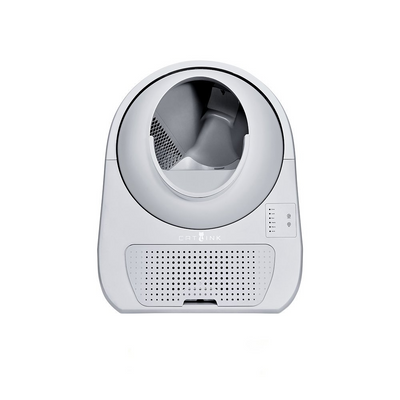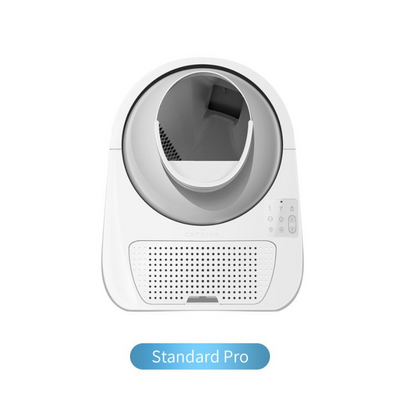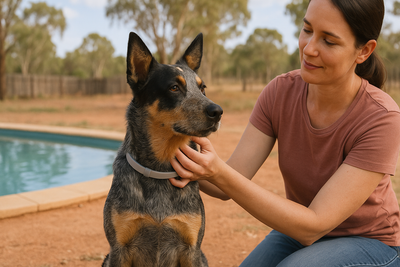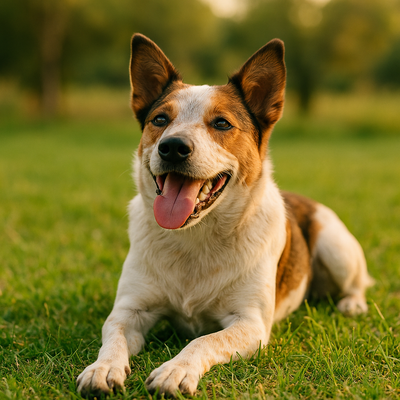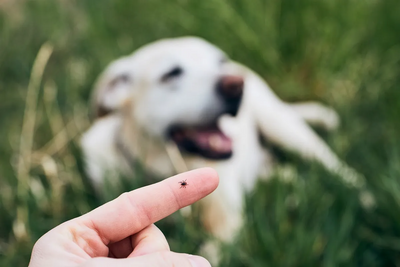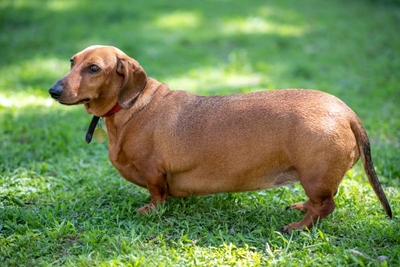Canine ehrlichiosis is now considered endemic across northern Australia—and it’s still spreading. If you live, work or travel with your dog anywhere in northern or central Australia (or you’re heading north on holiday), here’s what to know and how to act.
What is canine ehrlichiosis?
Canine ehrlichiosis is a serious disease caused by the bacterium Ehrlichia canis, transmitted by the brown dog tick. There’s no vaccine yet, so prevention is everything. The disease was first detected in Australia in 2020 and is now established in parts of WA, NT, SA and north-west QLD.
Symptoms to watch for
Dogs may show signs about two weeks after an infected tick bite. Contact your vet urgently if you notice:
-
Fever, lethargy, loss of appetite or rapid weight loss
-
Cloudy or painful eyes
-
Enlarged lymph nodes
-
Nosebleeds or bruising under the skin
Some dogs appear to recover, then get much sicker months later. Early diagnosis and treatment significantly improve outcomes—don’t wait.
Where is the risk highest?
Brown dog ticks thrive in warm climates and can live in the bush and in built environments—backyards, kennels, under floors and even inside homes. Risk is highest across northern and central Australia, but dogs traveling south after a northern trip can carry ticks. If you’re heading north, assume exposure risk and protect before you go.
How to protect your dog (practical steps)
1) Use a repellent + a systemic.
Pair a repellent collar (to stop attachment and bites) with a systemic oral or spot-on (to kill any tick that manages to attach). Ask your vet which products suit your dog’s age, weight and health.
2) Keep protection continuous.
Apply or give preventives on schedule—don’t let coverage lapse, especially during travel or warmer months.
3) Do daily tick checks.
With fingertips, check the ears, around the eyes and lips, neck, armpits, groin and between toes. Remove ticks promptly with a proper tick tool.
4) Control the environment.
Treat sleeping areas, kennels and yards as advised by your pest professional. Brown dog ticks can hide in cracks and sheltered spots.
5) Act fast on symptoms.
If your dog seems off-colour after time in tick areas—especially with fever, bruising, nosebleeds or cloudy eyes—see your vet immediately and mention possible ehrlichiosis exposure.
Travelling north with your dog?
-
Start prevention at least a week before you go so products are fully active on arrival.
-
Pack spares (collar refills, monthly chews/tablets, tick remover).
-
Book a post-trip vet check if your dog becomes unwell within weeks to months after returning.
From the Andala team
At Andala Pets & Rural, we can help you build a tick-prevention plan that aligns with your vet’s advice. If you need repellent collars, monthly preventives, tick removers or yard treatments, our team can point you to suitable options for your dog and travel plans.
This article is general information only and is not a substitute for veterinary care. Always follow your veterinarian’s advice.
